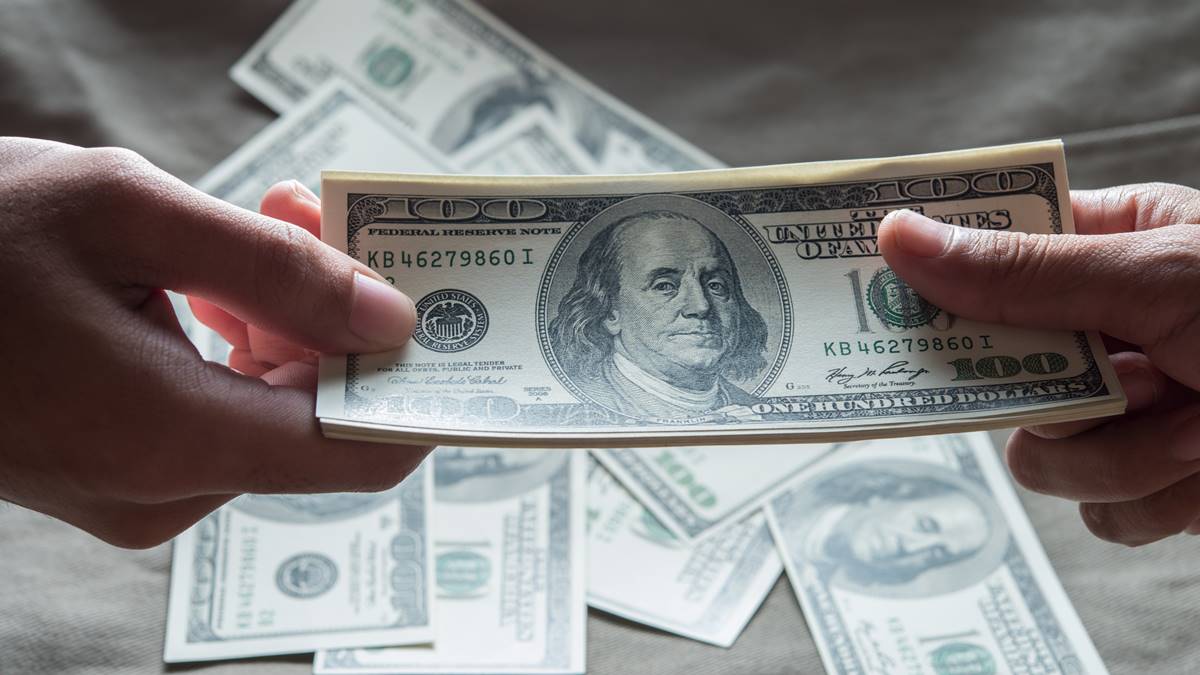At least once in every generation, the dollar is the strongest currency in the world. But after huge gains, some are wondering if it is time for a rebound.
The value of the dollar has risen by about 20 percent over the past year against the global currency basket and is at its highest level in 20 years. There are days when a euro is worth less than a dollar, and other contenders for the dollar’s throne as the world’s reserve currency, such as the yen, the yuan or even the crypto, have also fallen.
Even as the United States used its financial leverage to squeeze Russia, much of the world rushed to the dollar-based financial system for help.
THIS CYCLICAL POWER OF THE DOLLAR DOMINATES THE GLOBAL FINANCIAL WORLD.
For the US, a strong dollar has some advantages. It helps to reduce inflation, even if it raises longer-term competitiveness problems. But for much of the world, it is bad news. The dollar continues to play a prominent role in trade invoicing and cross-border debt.
As a result, as the US Federal Reserve (Fed) raises interest rates and shifts capital to America, emerging markets will tighten. So far, large economies such as India have done well, but smaller countries with heavy debts, such as Sri Lanka and Pakistan, are in deep trouble.
In the short term, however, the dollar could weaken as European governments absorb the financial threat to their economies from energy prices and foreign central banks try to catch up with the Fed by raising interest rates. The dollar fell in the first half of September on the back of market optimism.
BUT LONG PERIODS OF STRENGTHENING OR WEAKENING IN THE PAST HAVE CLEARLY NOT COINCIDED WITH ECONOMIC OR MONETARY POLICY CYCLES.
Something else has happened, and to try to spot the end of the current cycle for the dollar, we need to look at several important factors.
Dollar cycles and innovation
Marvin Barth, a former economist at the US Treasury, believes that it is all about innovation. He now runs an independent research firm, Thematic Markets, and his basic thesis is that the US’s leadership in academic research and close links between academia and business gave the country a head start in the 1970s and early 1980s in the diffusion of computers, then in the internet in the 1990s and more recently in newer internet applications and artificial intelligence.
ALL INNOVATION HAS TRIGGERED A WAVE OF INVESTMENT. THIS HAS IMPROVED PROFITABILITY AND ATTRACTED FOREIGN CAPITAL, STRENGTHENING THE DOLLAR.
Inventions don’t stay in one country for long, but the US advantage always gave it a few years’ head start before investments elsewhere proved profitable.
Barth thinks the current cycle could go on for much longer because of what has happened to capital spending. The ratio of US private asset investment (excluding housing) to GDP has stabilised at a fairly high level, avoiding the booms of previous dollar cycles.
The cycle could also potentially be extended by deglobalisation, which will both require more domestic capital to replace international supply chains and inhibit the rapid diffusion of new inventions.
Crypto and national payment systems could pose the biggest threat
However, it is important to highlight two recent technological developments: first, new state-run digital currency and payment systems are gaining ground.
CHINA’S E-YUAN CURRENTLY HAS 260 MILLION USERS,
and the technology involved could eventually allow China to operate its own global payments network while maintaining the capital controls it considers necessary for stability.
This could make its entire economy immune to US sanctions. Elsewhere, state payment systems are showing strong network effects. India’s UPI system is huge and Brazil’s payment system, Pix, has 126 million users.
THESE PAYMENT NETWORKS ARE CURRENTLY USED LOCALLY, BUT IN THE NEAR FUTURE THEY COULD FACILITATE CROSS-BORDER TRANSACTIONS AS AN ALTERNATIVE TO THE DOLLAR-BASED SYSTEM.
Second, decentralised financial technologies will continue to improve. Developers are working to update the Ethereum blockchain, on which most DeFi applications are based. On 15 September, they switched to a new mechanism for collective decision-making that is much less energy-intensive: the reduction in energy consumption is equivalent to taking the whole of Chile off the grid. This could pave the way for Ethereum to become more efficient in handling high transaction volumes and become a serious rival to traditional currencies.
In the 20th century, the dollar eclipsed the pound sterling as the world’s reserve currency and was widely used as a unit of account and as a means of payment. The next change in currency regimes may not be so clear-cut, as new technologies allow for the separation of some reserve currency functions, allowing countries, for example, to develop autonomy in payments without challenging the role of the dollar in other areas. The reserve currency status of the dollar is not changing for the time being, but technology is changing what it means to be a reserve currency.

